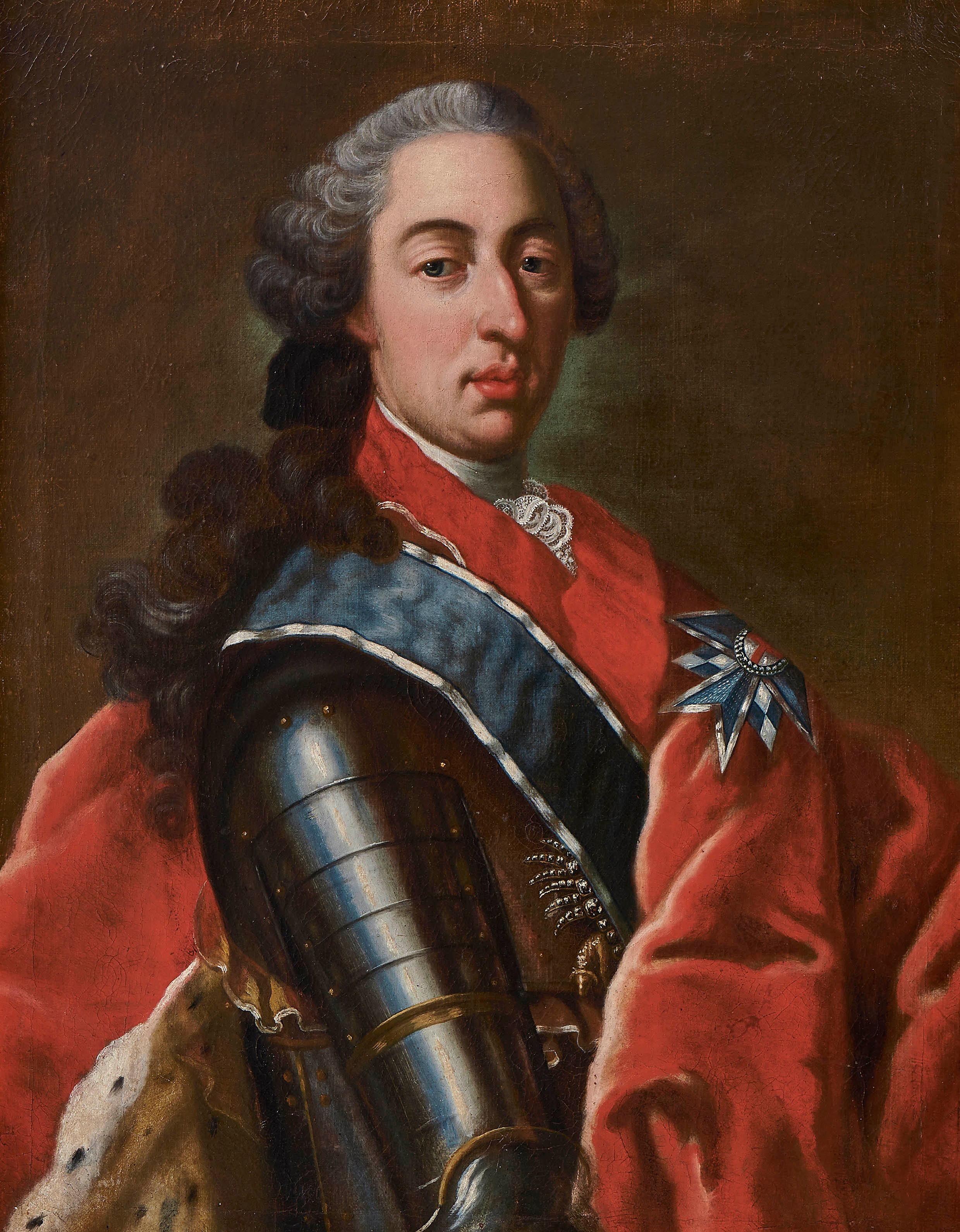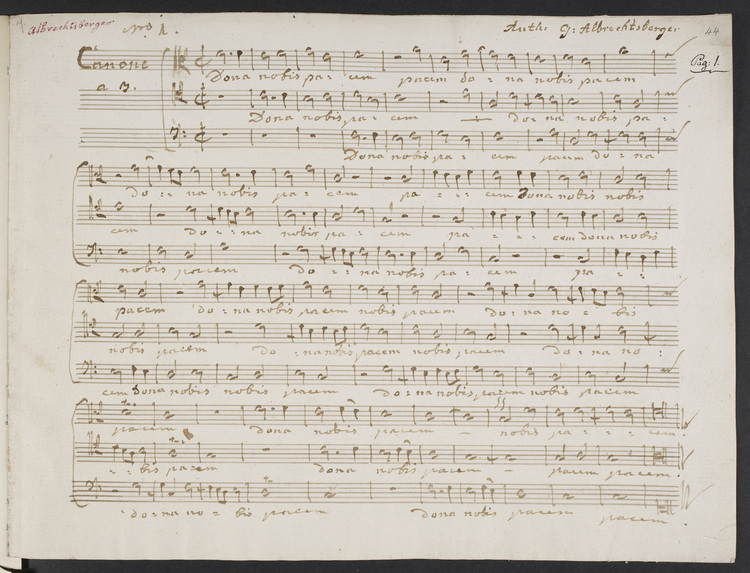|
Gallichon
File:Mandora MET DP168838.jpg, 6~9 courses lute (Calchedon, Calichon) (1726)Georg Kinsky: Musikhistorisches Museum von Wilhelm Heyer in Cöln, Bd. 2, Köln 1912, S. 98. File:Gallichon, Muzeum Instrumentów Muzycznych w Pradze.jpg, Gallichon The mandora or gallichon is a type of 18th- and early 19th-century lute, with six to nine courses of strings. The terms were interchangeable, with ''mandora'' more commonly used from the mid-18th century onwards. History ''Mandora'' or ''gallichon'' generally refers to a bass lute from the 1700s, with a vibrating string length of 72 centimeters or greater, used in Germany and Bohemia. It could be either single- or double-strung. James Tyler pointed out in his book ''The Early Mandolin'' that the word mandora was rarely encountered before the 18th century. Then, it referred to a large bass lute. The gallichone, as it was better known, was a type of 6 or 8-course bass lute (possibly a descendant of the guiterne and/or chitarra italiana) us ... [...More Info...] [...Related Items...] OR: [Wikipedia] [Google] [Baidu] |
James Tyler (music)
James Tyler (August 3, 1940 – November 23, 2010) was a 20th-century American lutenist, banjoist, guitarist, composer, musicologist and author, who helped pioneer an early music revival with more than 60 recordings.James Tyler obituary (, 2 Dec 2010).Lutenist, James Tyler ( - 4 Dec 2010). < ... [...More Info...] [...Related Items...] OR: [Wikipedia] [Google] [Baidu] |
Lute
A lute ( or ) is any plucked string instrument with a neck and a deep round back enclosing a hollow cavity, usually with a sound hole or opening in the body. It may be either fretted or unfretted. More specifically, the term "lute" can refer to an instrument from the family of European lutes. The term also refers generally to any string instrument having the strings running in a plane parallel to the sound table (in the Hornbostel–Sachs system). The strings are attached to pegs or posts at the end of the neck, which have some type of turning mechanism to enable the player to tighten the tension on the string or loosen the tension before playing (which respectively raise or lower the pitch of a string), so that each string is tuned to a specific pitch (or note). The lute is plucked or strummed with one hand while the other hand "frets" (presses down) the strings on the neck's fingerboard. By pressing the strings on different places of the fingerboard, the player can sho ... [...More Info...] [...Related Items...] OR: [Wikipedia] [Google] [Baidu] |
Lutes
A lute ( or ) is any plucked string instrument with a neck and a deep round back enclosing a hollow cavity, usually with a sound hole or opening in the body. It may be either fretted or unfretted. More specifically, the term "lute" can refer to an instrument from the family of European lutes. The term also refers generally to any string instrument having the strings running in a plane parallel to the sound table (in the Hornbostel–Sachs system). The strings are attached to pegs or posts at the end of the neck, which have some type of turning mechanism to enable the player to tighten the tension on the string or loosen the tension before playing (which respectively raise or lower the pitch of a string), so that each string is tuned to a specific pitch (or note). The lute is plucked or strummed with one hand while the other hand "frets" (presses down) the strings on the neck's fingerboard. By pressing the strings on different places of the fingerboard, the player can short ... [...More Info...] [...Related Items...] OR: [Wikipedia] [Google] [Baidu] |
Lutes
A lute ( or ) is any plucked string instrument with a neck and a deep round back enclosing a hollow cavity, usually with a sound hole or opening in the body. It may be either fretted or unfretted. More specifically, the term "lute" can refer to an instrument from the family of European lutes. The term also refers generally to any string instrument having the strings running in a plane parallel to the sound table (in the Hornbostel–Sachs system). The strings are attached to pegs or posts at the end of the neck, which have some type of turning mechanism to enable the player to tighten the tension on the string or loosen the tension before playing (which respectively raise or lower the pitch of a string), so that each string is tuned to a specific pitch (or note). The lute is plucked or strummed with one hand while the other hand "frets" (presses down) the strings on the neck's fingerboard. By pressing the strings on different places of the fingerboard, the player can short ... [...More Info...] [...Related Items...] OR: [Wikipedia] [Google] [Baidu] |
Georg Philipp Telemann
Georg Philipp Telemann (; – 25 June 1767) was a German Baroque composer and multi-instrumentalist. Almost completely self-taught in music, he became a composer against his family's wishes. After studying in Magdeburg, Zellerfeld, and Hildesheim, Telemann entered the University of Leipzig to study law, but eventually settled on a career in music. He held important positions in Leipzig, Sorau, Eisenach, and Frankfurt before settling in Hamburg in 1721, where he became musical director of that city's five main churches. While Telemann's career prospered, his personal life was always troubled: his first wife died less than two years after their marriage, and his second wife had extramarital affairs and accumulated a large gambling debt before leaving him. Telemann is one of the most prolific composers in history, at least in terms of surviving oeuvre. He was considered by his contemporaries to be one of the leading German composers of the time, and he was compared favourably bo ... [...More Info...] [...Related Items...] OR: [Wikipedia] [Google] [Baidu] |
Silvius Leopold Weiss
Sylvius Leopold Weiss (12 October 168716 October 1750) was a German composer and lutenist. Born in Grottkau near Breslau, the son of Johann Jacob Weiss, also a lutenist, he served at courts in Breslau, Rome, and Dresden, where he died. Until recently, he was thought to have been born in 1686, but recent evidence suggests that he was in fact born the following year. Weiss was one of the most important and most prolific composers of lute music in history and one of the best-known and most technically accomplished lutenists of his day. He was a teacher to Philip Hyacinth, 4th Prince Lobkowicz, and the prince's second wife Anna Wilhelmina Althan. In later life, Weiss became a friend of Wilhelm Friedemann Bach and met J.S. Bach through him. Bach and Weiss were said to have competed in improvisation, as the following account by Johann Friedrich Reichardt describes: "Anyone who knows how difficult it is to play harmonic modulations and good counterpoint on the lute will be surprised ... [...More Info...] [...Related Items...] OR: [Wikipedia] [Google] [Baidu] |
Johann Anton Logy
Johann, typically a male given name, is the German language, German form of ''Iohannes'', which is the Latin language, Latin form of the Greek language, Greek name ''Iōánnēs'' (), itself derived from Hebrew language, Hebrew name ''Johanan (name), Yochanan'' () in turn from its extended form (), meaning "Yahweh is Gracious" or "Yahweh is Merciful". Its English language equivalent is John (given name), John. It is uncommon as a surname. People People with the name Johann include: Mononym *Johann, Count of Cleves (died 1368), nobleman of the Holy Roman Empire *Johann, Count of Leiningen-Dagsburg-Falkenburg (1662–1698), German nobleman *Johann, Prince of Hohenzollern-Sigmaringen (1578–1638), German nobleman A–K * Johann Adam Hiller (1728–1804), German composer * Johann Adam Reincken (1643–1722), Dutch/German organist * Johann Adam Remele (died 1740), German court painter * Johann Adolf I, Duke of Saxe-Weissenfels (1649–1697) * Johann Adolph Hasse (1699-1783), German C ... [...More Info...] [...Related Items...] OR: [Wikipedia] [Google] [Baidu] |
Duke Clement Of Bavaria
Klemens Franz de Paula, Prince of Bavaria (Munich, 19 April 1722 – Munich, 6 August 1770) was the son of the Imperial Field Marshal, Ferdinand of Bavaria (1699–1738), and the grandson of Maximilian II Emanuel, Elector of Bavaria. He married on 17 January 1742 Maria Anna, Pfalzgräfin von der Pfalz (1722–1790), daughter of Joseph Charles of Bavaria, Count Palatine and Prince Hereditary of Sulzbach and Countess Palatine Elizabeth Augusta Sophie of Neuburg, They had two sons and two daughters, all of them died shortly after birth: *Duchess Maria of Bavaria (b. and d. 30 September 1748). *A son (b. and d. 31 May 1754). *Duchess Maria Anna of Bavaria (b. and d. 28 January 1755). *A son (b. and d. 23 June 1756). If one of his sons had lived, he would have become Prince-elector of Bavaria in 1777 after the death of Maximilian III Joseph Maximilian III Joseph, "the much beloved", (28 March 1727 – 30 December 1777) was a Prince-elector of the Holy Roman Empire and Duke of Bavari ... [...More Info...] [...Related Items...] OR: [Wikipedia] [Google] [Baidu] |
Giuseppe Antonio Brescianello
Giuseppe Antonio Brescianello (also Bressonelli; ca. 1690, Bologna – 4 October 1758, Stuttgart) was an Italian Baroque composer and violinist. Brescianello's name is mentioned for the first time in a document from 1715 by which Maximilian II Emanuel, Elector of Bavaria conferred on him an appointment as violinist in the court orchestra in Munich. Soon after, in 1716, following the death of Johann Christoph Pez, Brescianello was given a post at the court in Stuttgart of Eberhard Ludwig, Duke of Württemberg, as director of music and ''maître des concerts de la chambre''. In 1717, came an appointment there as '' Hofkapellmeister''. Around 1718, he composed the ''pastorale'' opera ''La Tisbe'', which he dedicated to the Archduke in the vain hope that it would be listed at the Stuttgart theatre. In the years from 1719 to 1721 there arose a fierce conflict when Reinhard Keiser launched repeated attempts to obtain Brescianello's post. Brescianello survived and in 1731 even be ... [...More Info...] [...Related Items...] OR: [Wikipedia] [Google] [Baidu] |
Johann Albrechtsberger
Johann Georg Albrechtsberger (3 February 1736 – 7 March 1809) was an Austrian composer, organist, and music theorist, and one of the teachers of Ludwig van Beethoven. He was a friend of Haydn and Mozart. Biography Albrechtsberger was born at Klosterneuburg, near Vienna. He originally studied music at Melk Abbey and philosophy at a Benedictine seminary in Vienna, and became one of the most learned and skilful contrapuntists of his age. Albrechtsberger's earliest classmates included Michael Haydn and Franz Joseph Aumann. After being employed as organist at Raab in 1755 and Maria Taferl in 1757, he was appointed Thurnermeister back at Melk Abbey. In 1772 he was appointed organist to the court of Vienna, and in 1792 Kapellmeister of St. Stephen's Cathedral. His fame as a theorist attracted to him in the Austrian capital a large number of pupils, some of whom afterwards became eminent musicians. Among these were Johann Nepomuk Hummel, Ignaz Moscheles, Josef Weigl, Ludwig-Wilhelm Te ... [...More Info...] [...Related Items...] OR: [Wikipedia] [Google] [Baidu] |
Tablature
Tablature (or tabulature, or tab for short) is a form of musical notation indicating instrument fingering rather than musical pitches. Tablature is common for fretted stringed instruments such as the guitar, lute or vihuela, as well as many free reed aerophones such as the harmonica. Tablature was common during the Renaissance and Baroque eras, and is commonly used today in notating many forms of music. Three types of organ tablature were used in Europe: German, Spanish and Italian. To distinguish standard musical notation from tablature, the former is usually called " staff notation" or just "notation". Etymology The word ''tablature'' originates from the Latin word ''tabulatura''. ''Tabula'' is a table or slate, in Latin. To tabulate something means to put it into a table or chart. Origin The first known occurrence in Europe is around 1300, and was first used for notating music for the organ. Concepts While standard notation represents the rhythm and duration of each ... [...More Info...] [...Related Items...] OR: [Wikipedia] [Google] [Baidu] |

.jpg)






